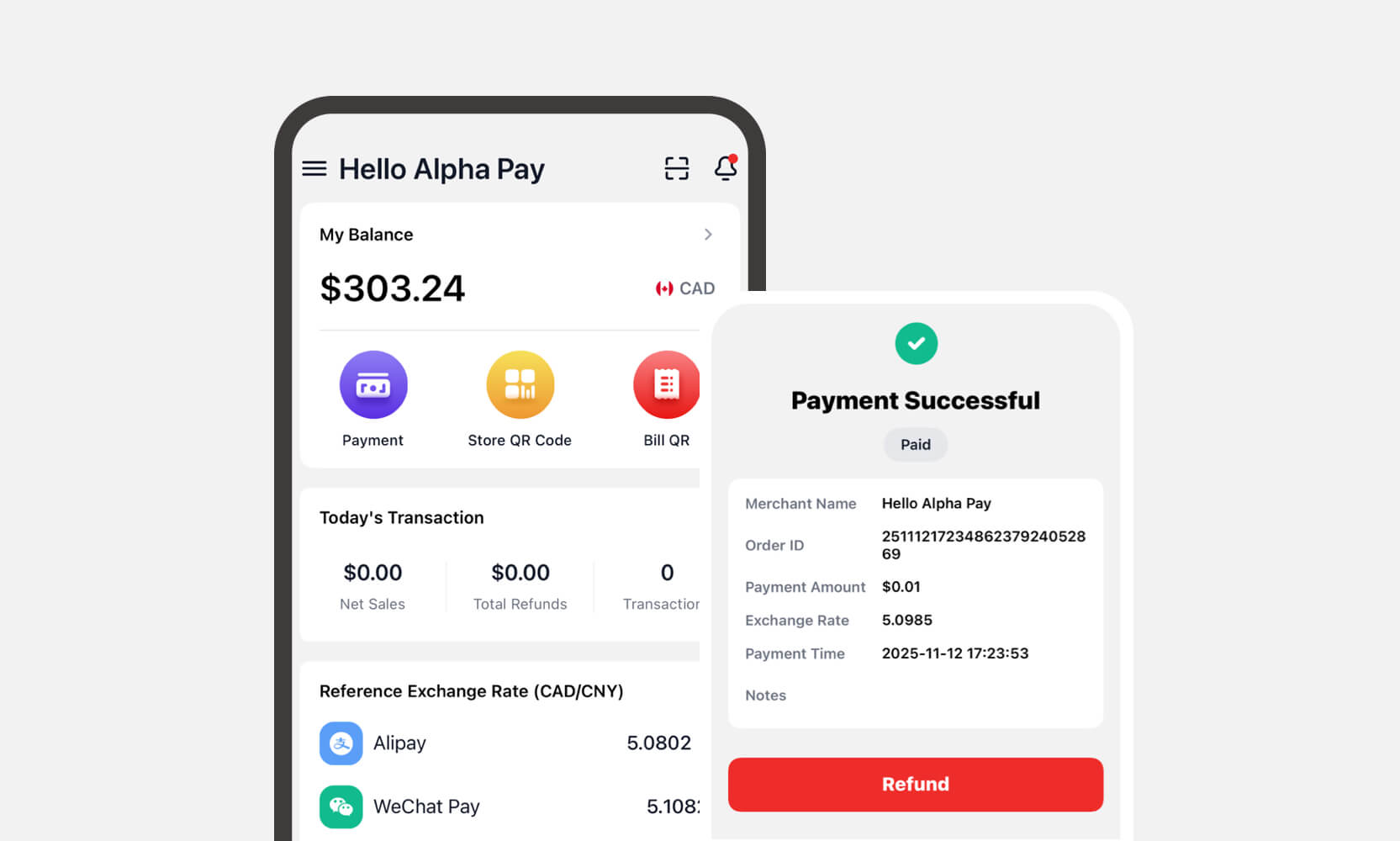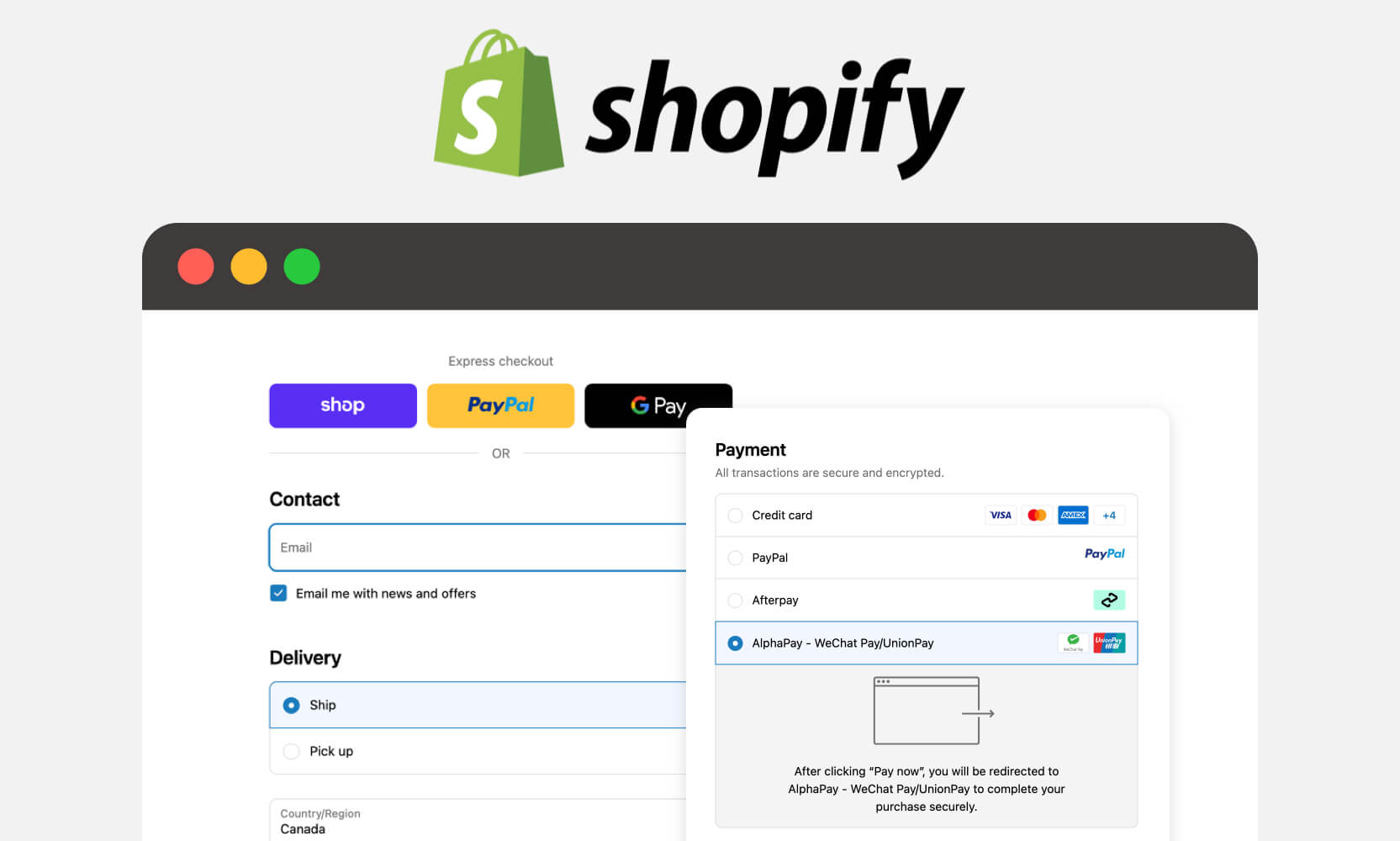Payment processing fees can be structured in several ways, but the three most common models are Interchange-Plus, Flat-Rate, and Tiered Pricing.
Interchange-plus pricing (also known as Interchange-Plus, Interchange+, or iPlus) is a transparent model used by payment processors to charge merchants for accepting credit and debit card transactions. It breaks down the total processing cost into two parts:
Interchange fee (the “interchange”)
Set by the card networks (e.g., Visa, Mastercard, Amex).
Paid to the card-issuing bank (the bank that issued the customer’s card).
Varies by card type (credit, debit, rewards, business, etc.) and transaction method (in-person, online, contactless, etc.).
Example: 1.65% + $0.10 per transaction.
Processor markup (the “plus”)
Added by your payment processor to cover their costs and profit margin.
Typically a fixed rate such as +0.25% + $0.10 per transaction.
Negotiable and consistent across all transactions.
Example:
If a Visa transaction has:
Interchange: 1.65% + $0.10
Processor markup: 0.25% + $0.10
Then the total you pay per transaction = 1.90% + $0.20
Interchange-Plus vs. Flat-Rate vs. Tiered Pricing Models
Payment processing fees can be structured in several ways, but the three most common models are Interchange-Plus, Flat-Rate, and Tiered Pricing. Understanding how each works helps merchants choose a structure that aligns with their business size, transaction volume, and need for transparency.
Interchange-Plus Pricing
Interchange-plus pricing separates the true cost of processing a card transaction (the interchange fee) from the processor’s markup. The interchange fee is set by card networks such as Visa, Mastercard, or American Express and paid to the issuing bank. The processor then adds a small, fixed markup to cover their costs and profit margin.
Example
If Visa’s interchange rate for a debit card transaction is 0.80% + $0.10, and your processor charges a markup of 0.25% + $0.10, your total cost would be 1.05% + $0.20 per transaction.
我们的优势
High transparency: You can see how much goes to the card network versus the processor.
Fairness: You benefit directly if interchange rates decrease.
Negotiable markup: Processors can adjust the “plus” portion as your volume grows.
Preferred by larger merchants and fintech providers seeking predictable margins.
Disadvantages
Statements can be more detailed and complex to reconcile without accounting tools.
Flat-Rate Pricing
Flat-rate pricing charges a single, fixed percentage for all transactions regardless of card type, brand, or risk level. The rate includes both the interchange fee and the processor’s markup in one combined figure.
Example
A processor may charge 2.9% + $0.30 for every transaction, whether it’s a debit card, a premium rewards card, or a foreign card.
我们的优势
Simple and predictable: Easy to calculate and forecast monthly costs.
Convenient for small businesses or those with low transaction volumes.
No fluctuation between different card types.
Disadvantages
Less transparency: The true interchange component is hidden.
Often more expensive: Merchants pay the same rate for low-cost debit transactions as for high-cost credit transactions.
No benefit when card network rates decrease.
Tiered Pricing
Tiered pricing groups transactions into categories or “tiers” based on card type and transaction method. The processor determines which tier each transaction falls into and assigns a corresponding rate.
Example
A “qualified” transaction (such as a standard Visa debit) might cost 1.8%, a “mid-qualified” transaction (such as a rewards card) 2.5%, and a “non-qualified” transaction (such as a foreign or corporate card) 3.5%.
我们的优势
Simple to present at first glance.
Familiar to businesses using older or legacy POS systems.
Disadvantages
Limited transparency: Merchants cannot see how transactions are categorized.
Unpredictable costs: The same card can be priced differently depending on the processor’s criteria.
Often more expensive: Processors can reclassify transactions into higher tiers.
Difficult to audit or reconcile.
Interchange-plus pricing offers the most transparent and fair approach to payment processing. It aligns merchant costs with actual network fees and provides clear visibility into where each dollar goes. While flat-rate pricing may be easier to manage for very small businesses, and tiered pricing remains common among older systems, most modern payment providers and growing merchants adopt interchange-plus to ensure long-term cost efficiency and accountability.
Learn more about Interchange Plus pricing and payment processing with AlphaPay—or connect with our team to get started.








